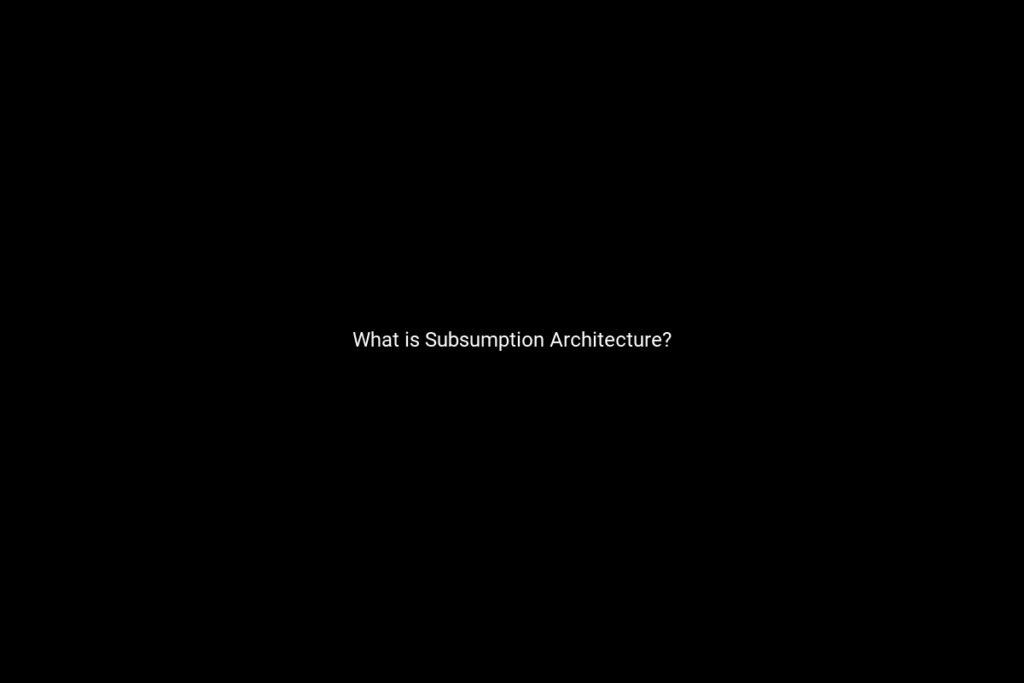Subsumption Architecture (or SA) is a methodological framework for robot design created by Rodney Brooks. The spirit of SA is best represented Dr. Brooks quote “the world is its own best model.” As such, the defining characteristics of SA are distributed behavior, reflexive stimuli, and a lack of explicit knowledge representation.
An SA robot is constructed out of many augmented finite state machines (AFSM). Each AFSM is a simple module charged with a sensing or actuation task. Design complexity is achieved by organizing AFSMs in a ‘bottom-up’ fashion by use of layers. A layer is an organizational unit of the robot’s design which utilizes several AFSMs to carry out a certain task such as sensing a ball or moving in a certain area or manner. A powerful aspect of some layers is their ability to inhibit the actions of constituent layers.
Advantages of Subsumption Architecture
SA successfully circumvents many of the problems associated with traditional Artificial Intelligence (AI). Generally speaking, traditional AI makes use of a central “brain” which contains a representation of the world. This representation is manipulated within the brain according to incoming sensor information. The brain, in turn, makes a decision on how best to use its actuators and end-effectors based on this virtual model.
The traditional AI architecture is computationally intensive and too slow to keep up with a dynamic environment. Indeed, no matter how much computational power a traditional-AI robot has at its disposal, it will never be able to create a representation of the world that is as accurate or up-to-date as the world itself.

The Future of Subsumption Architecture
Despite SA’s elegant solution to the problems of traditional AI, the real-world implementation of SA has not been without drawbacks. As the number of layers in a robot grows, it becomes more and more difficult to avoid goal-interference. It similarly becomes increasingly difficult to design specific goals in the jungle of modules.
Despite these limited drawbacks, the future of SA is bright. The behavior-based model of robotics which SA represents is now the dominant basis of robotics research and it is likely that one day, when robots become as ubiquitous in our lives as the personal computer is today, we will look back to Subsumption Architecture as one of the greatest catalysts of the ‘robotic revolution’.

Recent Comments